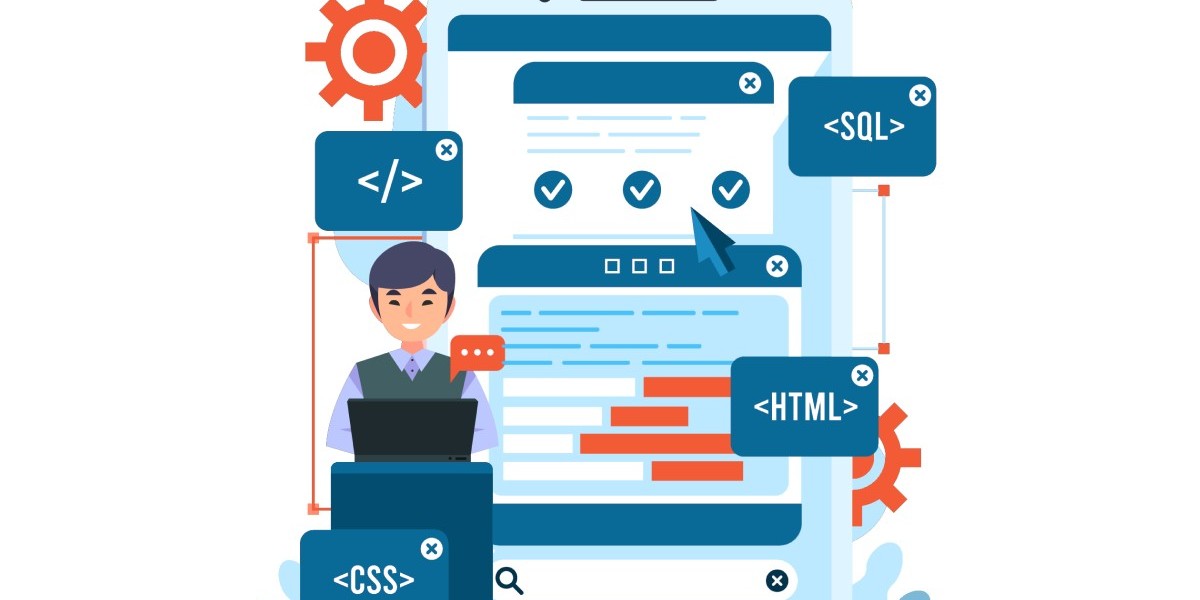Collaborative divorce is gaining traction as a preferred method for couples seeking an amicable separation. Unlike traditional divorce proceedings that often involve courtroom battles and adversarial negotiations, collaborative divorce emphasizes cooperation and mutual agreement. In this comprehensive guide, we delve into what collaborative divorce entails, its benefits, the process involved, and why it may be the right choice for you.
What is Collaborative Divorce?
Collaborative divorce is a legal process where couples work together, with the support of trained professionals, to reach a settlement without going to court. It focuses on open communication and negotiation rather than litigation, aiming to reduce conflict and preserve relationships, especially when children are involved.
The Benefits of Collaborative Divorce
1. Preserving Relationships
One of the primary advantages of collaborative divorce is its focus on preserving relationships. By opting for this approach, couples can maintain a respectful dialogue and minimize the emotional toll that often accompanies traditional divorce proceedings.
2. Cost-Effectiveness
Unlike litigation, which can lead to substantial legal fees, collaborative divorce tends to be more cost-effective. It typically requires fewer hours of attorney time and avoids the expenses associated with courtroom appearances and prolonged disputes.
3. Customized Solutions
Collaborative divorce allows couples to tailor solutions to their unique circumstances. With the guidance of collaborative lawyers and other professionals such as financial advisors or child psychologists, couples can create agreements that meet their specific needs and priorities.
The Collaborative Divorce Process
Initial Consultation
The process begins with an initial consultation, where both parties and their collaborative lawyers meet to discuss the goals and guidelines of the collaborative process. This meeting sets the foundation for future discussions and establishes a framework for resolving issues.
Negotiation and Agreement
During subsequent meetings, couples engage in negotiations facilitated by their collaborative lawyers. Discussions may cover a range of topics including asset division, child custody, spousal support, and any other relevant issues. The goal is to reach mutually acceptable agreements that benefit both parties and any children involved.
Finalizing the Agreement
Once all issues are addressed and agreements are reached, the collaborative lawyers draft a formal settlement agreement. This document outlines the terms and conditions of the divorce, which both parties review and sign. Unlike court-mandated decisions, these agreements are the result of collaborative effort and mutual consent.
Is Collaborative Divorce Right for You?
Considerations for Choosing Collaborative Divorce
- Level of Cooperation: Collaborative divorce works best when both parties are willing to engage in open and constructive dialogue.
- Complexity of Issues: If your divorce involves complex financial assets, business interests, or sensitive custody arrangements, collaborative divorce may still be suitable with the right professionals involved.
- Emotional Readiness: Are you and your spouse emotionally prepared to work together towards a resolution? Collaborative divorce requires a commitment to managing emotions and focusing on long-term solutions.
Conclusion
Collaborative divorce offers a pathway to a respectful and dignified separation for couples looking to avoid the adversarial nature of traditional litigation. By prioritizing communication and cooperation, couples can achieve settlements that are mutually beneficial and sustainable.








